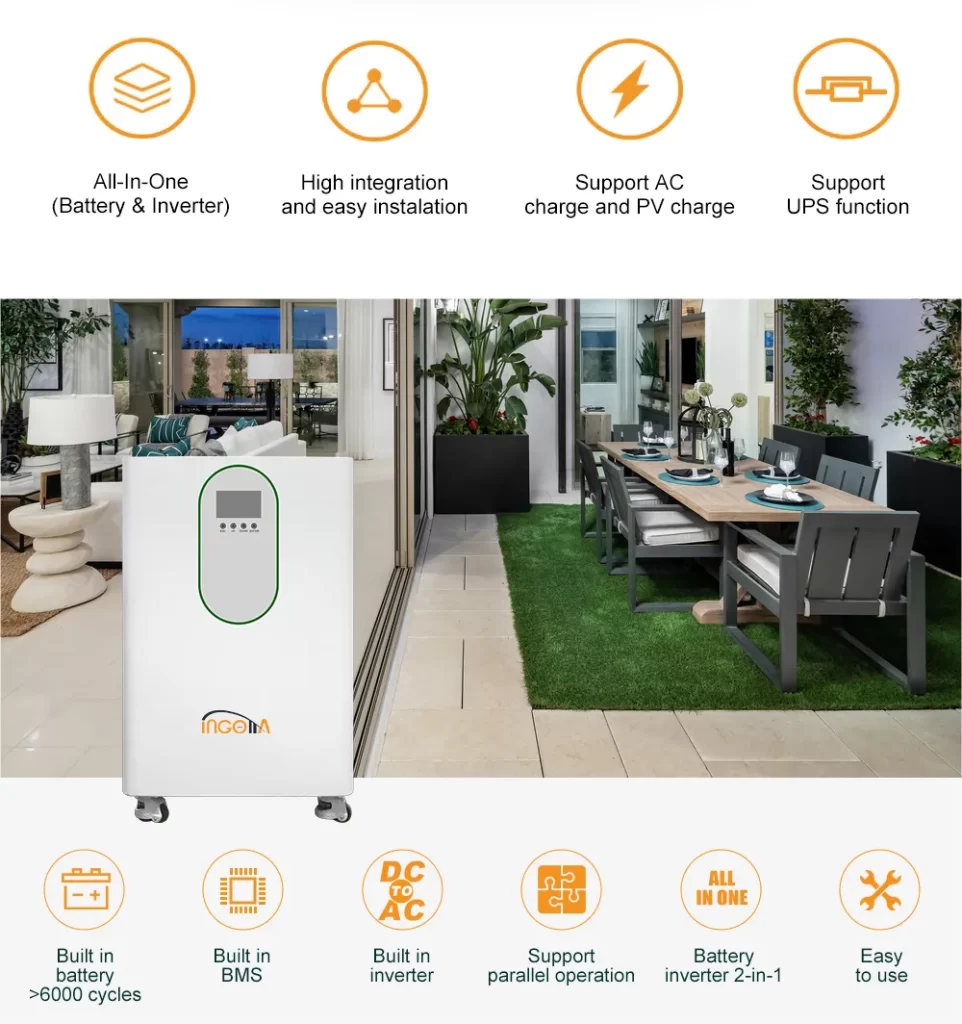Unlocking the Power of Energy Storage: A Comprehensive Guide to Energy Storage Inverters
In the rapidly evolving world of renewable energy, energy storage inverters have become a cornerstone technology, enabling efficient and reliable power management for homes, businesses, and grid systems. As the demand for sustainable energy solutions grows, understanding the role and benefits of energy storage inverters is essential for anyone looking to optimize their energy usage, reduce costs, and contribute to a greener future.
What Is an Energy Storage Inverter?
An energy storage inverter, also known as a hybrid inverter or battery inverter, is a critical component in energy storage systems. Unlike traditional inverters that only convert direct current (DC) from solar panels into alternating current (AC) for use in appliances, an energy storage inverter integrates with batteries to store excess energy for later use. This allows users to maximize self-consumption of solar power, provide backup during outages, and even participate in grid services like peak shaving and load balancing.
How Does an Energy Storage Inverter Work?
Energy storage inverters function as the brain of a solar-plus-storage system. They manage the flow of electricity between solar panels, batteries, the grid, and the electrical load. Here’s a simplified breakdown of their operation:
- Energy Conversion: The inverter converts DC electricity generated by solar panels into AC electricity for immediate use.
- Battery Charging: When solar production exceeds consumption, the excess energy is directed to charge the batteries, storing it as DC power.
- Discharging: During periods of low solar generation (e.g., at night or on cloudy days), the inverter draws stored DC energy from the batteries, converts it to AC, and supplies it to the load.
- Grid Interaction: Advanced energy storage inverters can also feed excess energy back to the grid or draw power from the grid to charge batteries when needed, depending on system settings and utility regulations.
Key Features of Modern Energy Storage Inverters
Today’s energy storage inverters come equipped with a range of features designed to enhance efficiency, safety, and usability:
- Bidirectional Power Flow: Allows seamless switching between charging and discharging modes.
- Smart Energy Management: Integrates with software and apps for real-time monitoring, scheduling, and optimizing energy usage based on tariffs or weather forecasts.
- Grid Services Support: Enables participation in demand response programs, frequency regulation, and other grid-supportive functions.
- Backup Power Capability: Provides uninterrupted power during grid outages, often with a dedicated backup outlet.
- Scalability: Many systems allow for the addition of more batteries or solar panels as energy needs grow.
Benefits of Using an Energy Storage Inverter
Investing in an energy storage inverter offers numerous advantages:
- Energy Independence: Reduces reliance on the grid by storing solar energy for use anytime.
- Cost Savings: Lowers electricity bills by maximizing self-consumption and avoiding peak-hour rates.
- Reliability: Ensures backup power during outages, enhancing energy security.
- Environmental Impact: Supports the use of clean, renewable energy and reduces carbon footprint.
- Grid Stability: Helps balance supply and demand, contributing to a more resilient energy infrastructure.
Applications of Energy Storage Inverters
Energy storage inverters are versatile and can be deployed in various settings:
- Residential Homes: For solar self-consumption, backup power, and bill management.
- Commercial and Industrial Facilities: To reduce demand charges, ensure operational continuity, and support sustainability goals.
- Microgrids and Remote Areas: Providing reliable power in off-grid or weak-grid environments.
- Utility-Scale Storage: Supporting grid stability and integrating large-scale renewable energy projects.
Choosing the Right Energy Storage Inverter
Selecting the best energy storage inverter depends on several factors:
- Power Rating: Match the inverter’s capacity to your energy consumption and solar system size.
- Battery Compatibility: Ensure the inverter is compatible with your chosen battery technology (e.g., lithium-ion, lead-acid).
- Features: Consider smart capabilities, backup options, and grid interaction features based on your needs.
- Brand and Warranty: Opt for reputable manufacturers with strong customer support and warranty terms.
The Future of Energy Storage Inverters
As technology advances, energy storage inverters are becoming more intelligent, efficient, and affordable. Innovations like artificial intelligence for predictive energy management, enhanced cybersecurity, and increased modularity are shaping the next generation of inverters. With growing support from policies and incentives worldwide, energy storage inverters will play a pivotal role in the global transition to renewable energy.
Conclusion
Energy storage inverters are transformative devices that bridge the gap between renewable energy generation and practical, everyday use. By enabling efficient storage and management of electricity, they empower users to take control of their energy needs, save money, and support a sustainable future. Whether for residential, commercial, or grid-scale applications, investing in a high-quality energy storage inverter is a smart step toward energy resilience and independence.
Table of Contents
